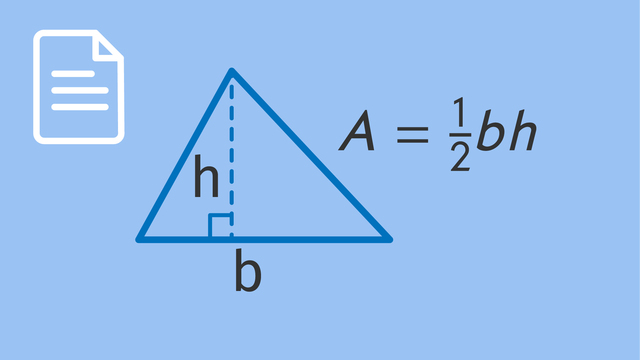Area of Special Quadrilaterals
- Area of Special Quadrilaterals
- Classifying Special Quadrilaterals – Features and Area Formulas
- Area of Special Quadrilaterals – Step-by-Step Process
- Finding the Area of a Square
- Finding the Area of a Rectangle
- Finding the Area of a Parallelogram
- Finding the Area of a Trapezium
- Area of Special Quadrilaterals – Practice
- Area of Special Quadrilaterals – Summary
- Area of Special Quadrilaterals – Frequently Asked Questions
Learning text on the topic Area of Special Quadrilaterals
Area of Special Quadrilaterals
In geometry, a quadrilateral is any four-sided polygon. Special quadrilaterals like squares,rectangles, parallelograms and trapezia each have unique properties that affect how we calculate their area. Understanding the area of a shape is crucial in real-world applications such as architecture, design and even crafting.
Special quadrilaterals are types of four-sided figures that have specific features, such as equal sides or parallel sides, which distinguish them from regular quadrilaterals.
Classifying Special Quadrilaterals – Features and Area Formulas
This section provides a brief overview of each special quadrilateral and their respective area formulas:
| Quadrilateral | Features | Area Formula | |
|---|---|---|---|
| Square | All sides equal, all angles 90° | $A = s^{2}$ | |
| Parallelogram | Opposite sides parallel and equal, opposite angles equal | $A = b \times h$ | |
| Rhombus | All sides equal, opposite angles equal | $A = \frac{d_1 \times d_2}{2}$ | |
| Trapezoid | One pair of parallel sides | $A = \frac{1}{2}(b_1+b_2) \times h$ |
Area of Special Quadrilaterals – Step-by-Step Process
Let’s apply what we've learned by calculating the areas of different special quadrilaterals: squares, parallelograms and trapezia. Each example will walk you through the process step-by-step, ensuring you understand how to find the area of these shapes using their unique properties.
Remember to express your units of area in square units. This is crucial because the area represents the amount of two-dimensional space inside the boundary of a shape.
Finding the Area of a Square
Consider a square with a side length of 4 cm.
Calculate the area: $ A = s^{2} = 4^{2} = 16 \text{cm}^{2} $
Finding the Area of a Rectangle
Consider a rectangle with a length of 3 mm and a width of 6 mm.
Calculate the area: $ A = l \times w = 3 \times 6 = 18 \text{ mm}^2 $
Finding the Area of a Parallelogram
Suppose a parallelogram has a base of 5 cm and a perpendicular height of 3 cm.
Calculate the area: $ A = b \times h = 5 \times 3 = 15 \text{ cm}^2 $
Finding the Area of a Trapezium
Suppose a trapezium has parallel sides of 7 metres and 3 metres and a perpendicular height of 4 metres.
Calculate the area: $ A = \frac{1}{2}(a + b) \times h = \frac{1}{2}(7 + 3) \times 4 = 20 \text{ m}^2 $
Area of Special Quadrilaterals – Practice
Practise what you learned about the area of special quadrilaterals.
Area of Special Quadrilaterals – Summary
Key Learnings from this Text:
- Special quadrilaterals are defined by their unique properties and are used in many practical applications.
- Each type of special quadrilateral has a specific formula for calculating its area.
- Practising these calculations helps students understand spatial dimensions and prepares them for real-world applications in design and construction.
 Do you want to learn faster and more easily?
Do you want to learn faster and more easily?











